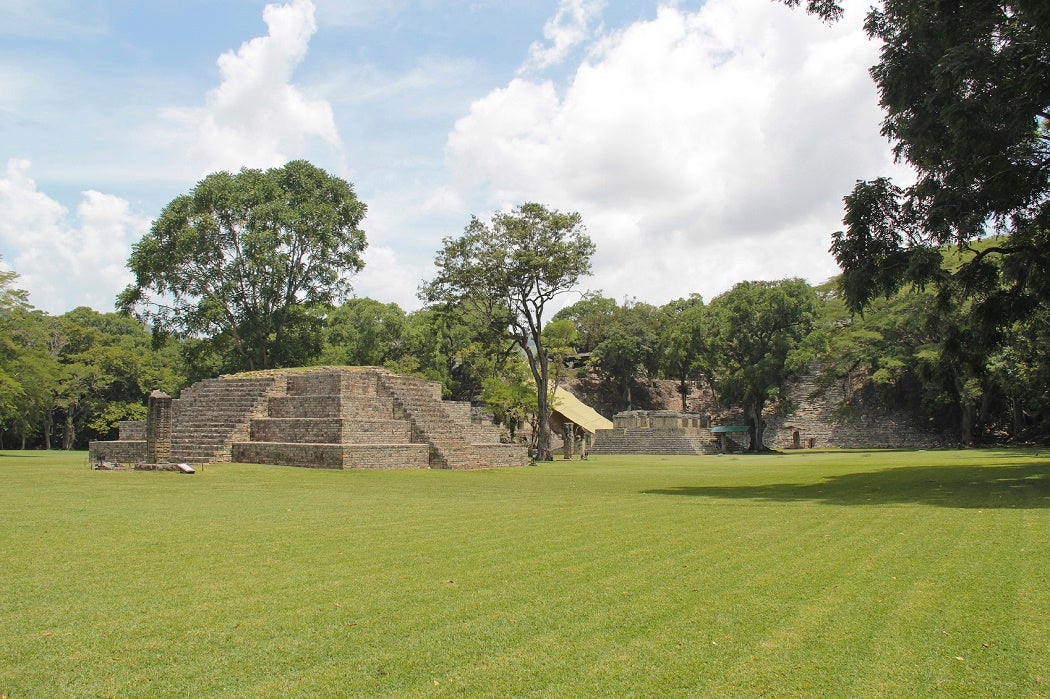An expedition has identified the ruins of an unknown city in a remote part of Honduras called the Mosquitia, an area also known for a legendary city called the White City, or La Ciudad Blanca.
The researchers used a novel technique to locate the lost city; Side-scanning radar from an airplane identified the straight lines of an ancient ruin beneath the dense rainforest canopy. While nobody from the research team has actually visited the site yet (local people may well have done so), the researchers wasted no time making use of the Ciudad Blanca legend and their novel search technique to hype their find.
However, new ideas are never really as innovative as they seem. For example, consider the 1929 flights of Charles Lindbergh, which used a similar technique for scientific research. Lindbergh made a series of exploratory flights in Central America, using the drama of searching for lost cities to help sell the world on the value of airplanes.
Rather then LIDAR radar, Lindbergh relied on his wife, Anne, and a Carnegie researcher, Dr. A.V. Kidder, to look out the window. At the time, this was the height of high tech; airplanes had not been used in survey work before, and the potential of airplanes for scientific research was just becoming apparent.
The technique was effective. Lindbergh and company flew over three and possibly four cities previously unknown to formal archaeologists. Acknowledging the possibility that native people were aware of the ruins, as well as the casual racism of the era, Lindbergh and company were at frequent pains to claim that these were the first views of these cities by “white men.”
The flight disproved the existence of a Mayan major road network, which Dr. Kidder had been keen to observe; it turned out that the Mayans simply did not build roads the way the Incas did.
The Lindberghs also demonstrated a keen acumen for media exposure that was far ahead of its time, arranging to telegram their radio communications to wire services, which they used to send live updates from the flights. Many of the posts demonstrated a fawning tone toward Colonel Lindbergh himself, for example: “The Colonel amazes the scientists by his accurate and constant knowledge of true position.” So in a sense, this expedition not only pioneered the live blog, it introduced shameless self-promotion.







